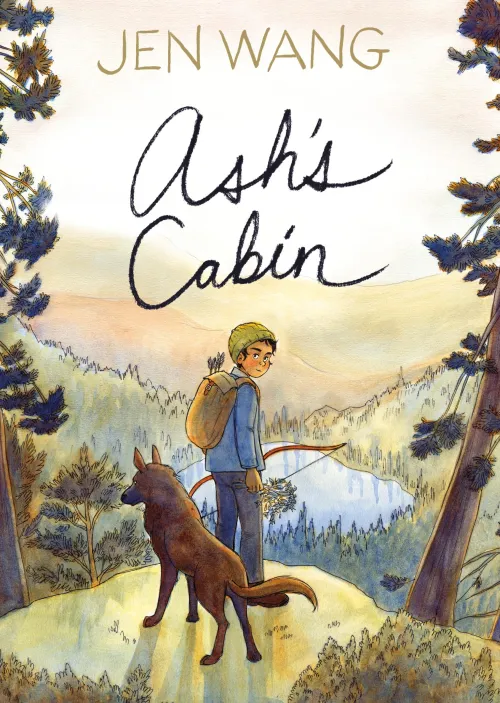Share this Book
Have students follow Ash’s example and take on the challenge of researching and designing their own solo wilderness living plan. Have them begin by choosing a specific wilderness location and figure out what they will need to survive in that spot on their own for at least two months. Each student should research the climate, terrain, wildlife, vegetation, and any natural hazards specific to their chosen location.
As part of their survival plan, have students create a detailed list of the tools, gear, and supplies they would need to bring, along with how much those items would cost if they were buying them in real life. They will also need to identify what skills are necessary for their survival and explain how they would go about learning those skills from reputable sources—video tutorials, guidebooks, local workshops, mentorship, etc.
As they research, have students keep a survival journal where they track what they learn and reflect on the choices they’re making and where they consider and address questions such as: What challenges—physical, emotional, or mental—do they expect to face while living alone? How would they deal with fear, loneliness, injury, or unexpected weather? What might they do if they ran out of supplies or encountered a wild animal? How would they make sure to leave no trace and respect the land they’re using? The journal is a place not only to plan and organize their research but also to reflect on personal strengths, fears, and what it means to be self-sufficient and connected to nature.
Students can share what they’ve learned with others through a short survival briefing, create a visual display such as a map and hand-drawn camp setup, or record a video explaining their survival plan and reflecting on what surprised them most about the process.
Questions for Discussion or Reflective Writing
- Why does Ash want to be alone? How does Ash make the decision to escape into the wilderness? Have you ever sought solitude or tried to solve a problem on your own, only to realize you needed support? How might that experience reflect the way we must approach bigger issues like mental health or climate change—balancing personal responsibility with collective action?
- Have you ever struggled to ask for help, even when you really needed it? Why do you think it can be hard to reach out, and how might things change when we do? How does Ash’s Cabin show that asking for help—or accepting it—can actually be a sign of strength rather than weakness?
- How does Ash learn that individual strength is important—but even greater when combined with community? How do you personally balance being independent with asking for support? How do communities become stronger when people work together?
- What responsibilities do we have to care for the natural world around us, no matter where we live? How does the book encourage readers to think about land and nature? How can learning about Indigenous cultures and their relationship to the land shape our own attitudes toward nature and history? What can we do to all be better stewards of the earth in our everyday lives, whether we live in rural, suburban, or urban areas?
- Why do you think Ash starts to feel a stronger sense of belonging once they return home? What helped them feel more confident in who they are? What does belonging mean to you, and where do you feel it most in your own life?
Related Resources
How to Go Backpacking from REI
Jen Wang Takes Readers on a Wilderness Adventure from Kirkus
More Titles to Try
Stay on top of current education news


